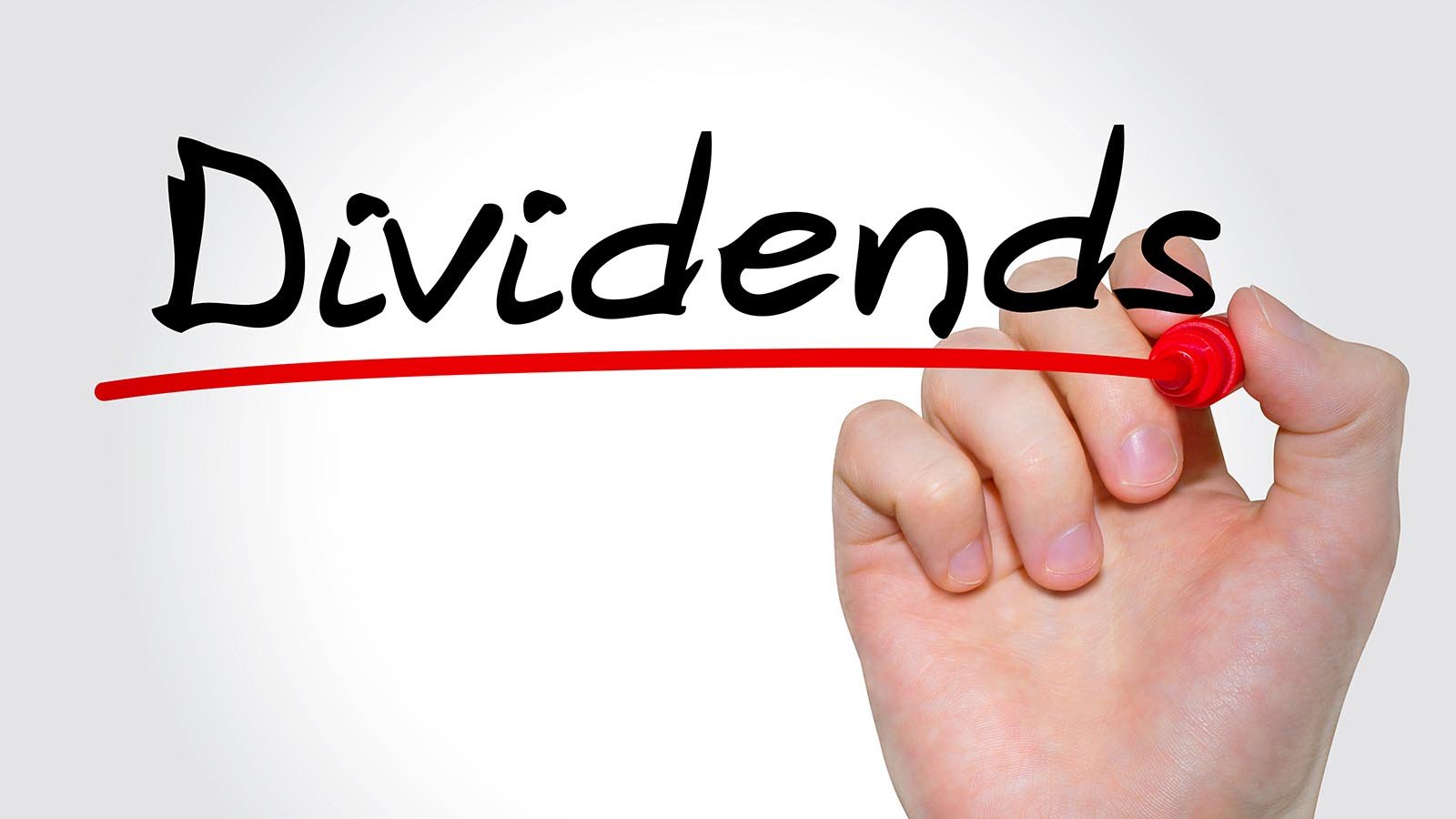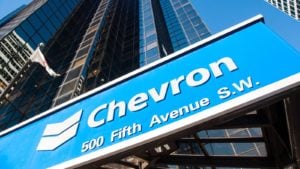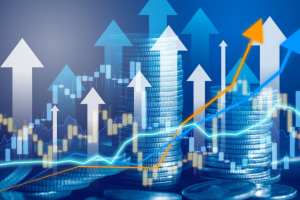
Investing after the age of 50 is an interesting time. Retirement doesn’t seem so far away, but this isn’t the time to be thinking too short term. And yet with 10 or 15 years until retirement, it’s still smart to look for long-term stocks.
But as the saying goes, the best offense is a good defense. Although investors should maintain exposure to stocks, recovery from a big miss is possible. Still, you have to play to win and not to lose.
Fortunately, many stocks offer the opportunity for share price growth and pay a reliable and growing dividend. That combination of growth and income is essential. And the long-term stocks listed below are those of companies that will be around for the long haul.
Microsoft (MSFT)

Microsoft Corporation (NASDAQ:MSFT) is one of the “Magnificent 7” stocks that have carried the market this year. Yet up until November 2023, it was considered a laggard in the tech sector.
But the 10% surge this month pushed MSFT stock to its all-time high and is evidence of why the tech giant will continue to be a solid performer for years to come.
One reason is the company’s leadership in artificial intelligence. In January, Microsoft extended its partnership with OpenAI. Already, the company is rolling out an expansive set of AI tools such as its Bing Chat Enterprise that debuted in summer 2023.
Past performance does not ensure future success. But it’s hard to ignore the fact of 258.66% growth in MSFT stock over the last five years! And with that growth, Microsoft still pays a dividend that has grown for the last 22 consecutive years.
Chevron (CVX)

If technology is one sector you have to stay invested in when you’re over the age of 50, energy is another. One name of many to consider here is Chevron (NYSE:CVX). Chevron is an integrated oil company, meaning it’s involved in all stages of oil production, transportation, and final delivery.
With a presence in the coveted Permian Basin, it recently announced it was acquiring Hess Corporation (NYSE:HES) in an all-stock deal. Shareholders stand to benefit from this deal as it means even more cash on a balance sheet than it already has. And when it comes to using its cash to reward shareholders, few do it better than Chevron.
With a 28% share price gain in the last five years, CVX is not a growth stock. But a gain of over 5% combined with a dividend yield of over 4% is more than enough to keep investors ahead of inflation. And that dividend currently pays out $6.04 per share on an annualized basis.
Costco (COST)

I recently put Costco (NASDAQ:COST) on a list of long-term stocks for millennial investors. But there’s no need to discriminate when it comes to Costco. It’s an equally sound choice for investors over the age of 50 because of the company’s business model.
Simply put, members have to pay to shop at Costco. And as long as they have to do that, they have a vested interest in choosing Costco over other alternatives. COST’s retention rate is well over 90%, and it increases that membership fee every few years.
But nobody would continue to extend a subscription that lacked value. Costco continues to deliver year-over-year (YOY) growth in earnings and revenue.
At over $500 a share, COST stock is pricey. But it is a stock that’s grown over 170% in the last five years. And along with that growth, investors get a dividend that currently pays out $4.08 per share annually, a dividend that has been increasing for 20 consecutive years.
On the date of publication, Chris Markoch had a LONG position in CVX. The opinions expressed in this article are those of the writer, subject to the InvestorPlace.com Publishing Guidelines.
Artificial Intelligence, Cloud, Commodities, Consumer Staples, Energy, Food, Oil, Consumer Discretionary, Retail, Software, Technology





